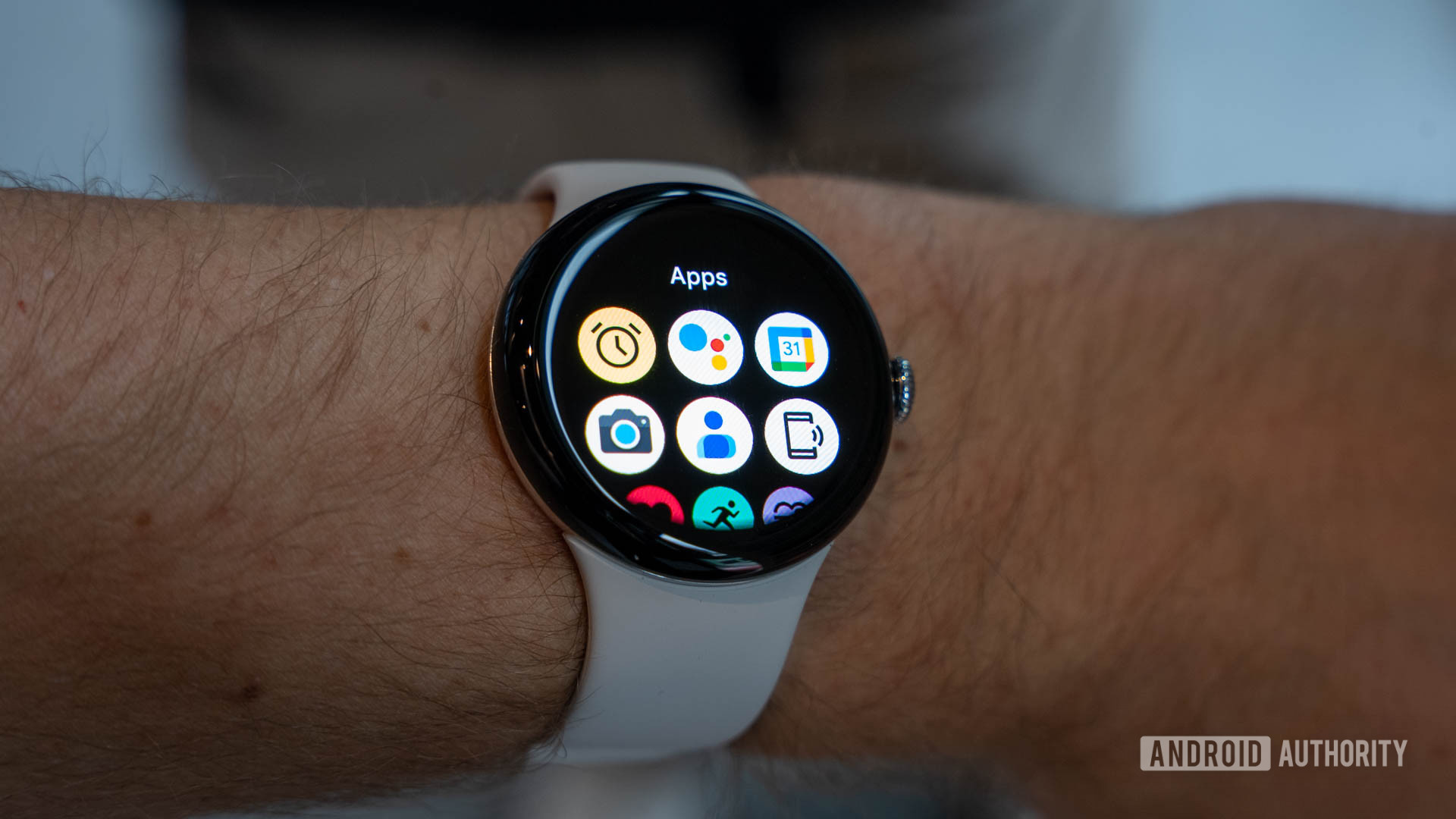TL;DR
- Google has confirmed to us that the Pixel Watch 3 can’t be repaired and can only be replaced.
- This is bad news for environmental reasons, suggesting that broken watches will end up in landfills.
- This isn’t the first Pixel Watch model that can’t be repaired, though.



Smartwatches are a really interestingly sad storyarc.
I got into smartwatches early on with Pebble. It was the correct balance of battery life to functionality. Then Big Tech accelerated to, “let’s run a phone OS on a watch” - which came with terrible battery life and sluggishness. Still, the OG Moto 360 was actually “not bad”. The LG Watch Sport added a SIM card slot and a cellular modem. Now we’re cooking with gas! I’d trade off bad battery life to have a parasite phone on my wrist. Also Google acquired and killed Pebble, because of course they did.
At the time of the LG Watch Sport, T-Mobile also released DIGITS, which made it so I could cobble together a parasite SIM card that receives my calls and texts on the watch and build out what “modern smartphones + smartwatches” do without the high bill and vendor lock-in. It also had cellular antennas built into the strap, so you couldn’t replace the strap, but you at least had decent RF.
Apple’s watch came out, and showed promise, but to this day suffers from a few critical bugs that they’ve never completely fixed.
Bugs, namely:
Then they all started throwing health features into the smartwatches. Likely to try and vendor-lock you into a platform. I tried some Withings watches for a while, and their hybrid (what I always call “dumb-smartwatch”) was a refreshing take back to the Pebble days with a bit of style. Unfortunately, Withings saw the sweet sweet candy of medical industry money, and their smartwatch line has really stagnated while the app rots on the vine.
I’ve been maintaining periodic cross-links to maintain health sync so I’m not vendor locked in to one set of data, like Samsung->Withings or Garmin->HealthSync->Somewhere else or the most convoluted at one point was like Samsung->Withings, Withings->Fitbit (with a donor old Fitbit used just to get the app up but then not carried) then Fitbit -> whatever health app I was using at the time. So that whole thing is a topic itself, that getting your health data around is a complex chore that nobody should have do deal with. Yet the vendors make that health data so constantly in your face! Time to sit, time to stand, time to breathe, time to drink water, DANCE PUPPET DANCE! On Apple’s platform, their health app does make cross-sync easier-ish, but also in a lot of smartwatch forums, there are many posts of duplicate data or data from the wrong user cross-syncing, so something is funky there too.
Samsung had one good smartwatch as far as I’m concerned and it was the OG 46mm Galaxy Watch with cellular, running Tizen. It had great multiday battery life, cellular capability, enough storage to put a few playlists in it, the physical rotating bezel to select UI items with a click where each click meant one menu (throwback to the old BB 8700g what what!), all the notes of being a device on your wrist that lasts a few units of time and works on its core function. It even had a barometric pressure sensor on-watch so you could see if a storm was coming without Internet.
It seems, especially with Big Tech all having AI hardons now, that they don’t know what to do with the watch lines now. The chipsets really haven’t accelerated like they should. Qualcomm took entirely too long to get their watch chipset power requirements down. The 3GPP spec for 5G IOT is mostly finished but that doesn’t mean chips exist, there will be many years until the chips start showing up in watches. They also also really haven’t nailed down thermal issues. I was once at cell edge on GW 5 Pro, and 10 seconds into placing a voice call, the modem became too hot and the watch went into thermal throttle mode where it sleeps everything until it cools. How could that ever be depended upon?? (That was actually the line for me giving up on caring about a watch with a modem. If you can’t call 911 for more than 5 seconds, what’s the point?)
Then, since carriers have always forced vendor-lock for pairing of smartwatches now, and smartwatches no longer have SIM card slots, you can only use Verizon post-paid or AT&T post-paid to pair a watch, forcing expensive post-paid plans (except the weird outliers like Visible + Apple Watch, or Fi with Samsung watch) and now they’re raising the rates to $15-20/month for a watch that might use 20KB of data a month!
Now Google’s watch can’t even be repaired? These companies want this tech to die.
Instead they could have been looking at/heading towards wrist cuffs like something out of Death Stranding that fully replaces the need to carry a pocket computer. Which they would hate, of course, because then you’re not buying 5 devices, you’re buying one.
Garmin might be the only company doing smartwatches right these days. They focus on their core functionality and iterate. They tried LTE, realized it stunk, and gave up. They have solar charging to boost battery life, low-power tech like memory-in-pixel transreflective displays, and great multi-day battery life. They don’t have all the bells and whistles of other brands, but, they seem to actually want the product line to succeed…and they’re not trying to nickel-and-dime users with monthly fees.